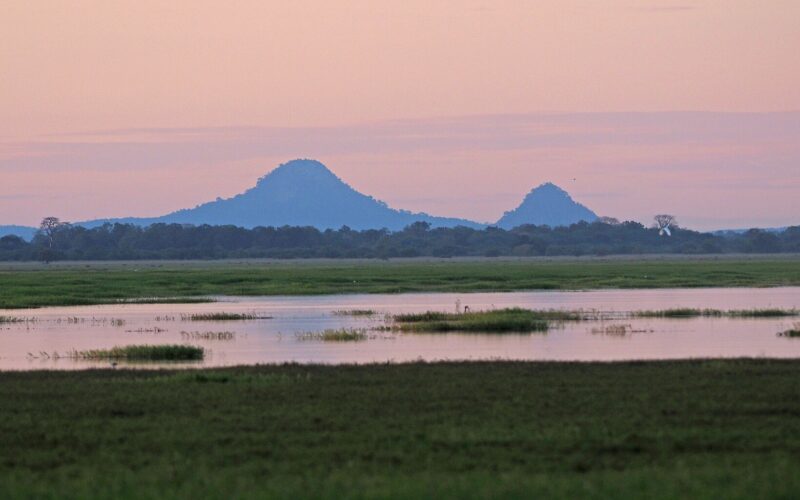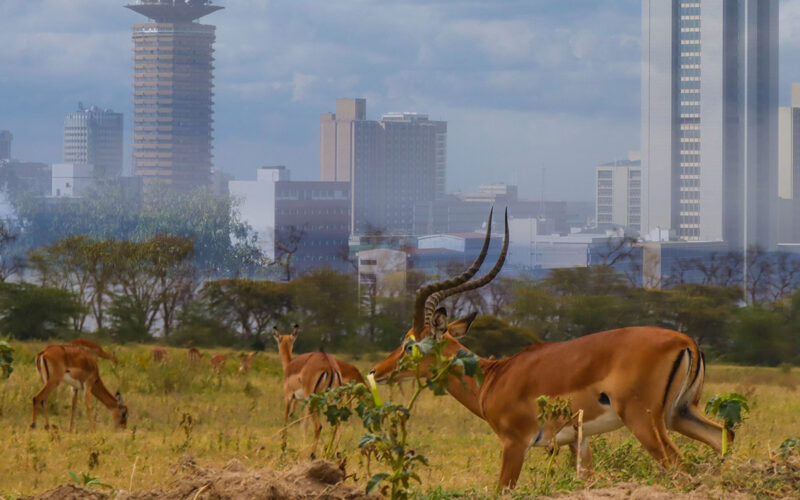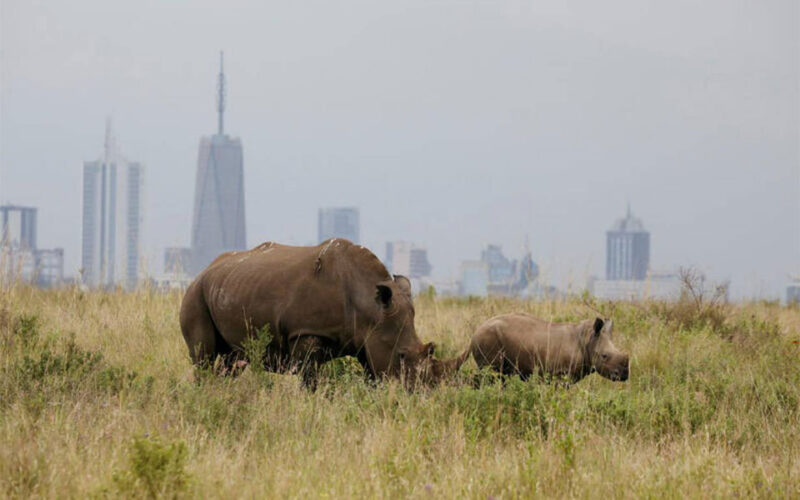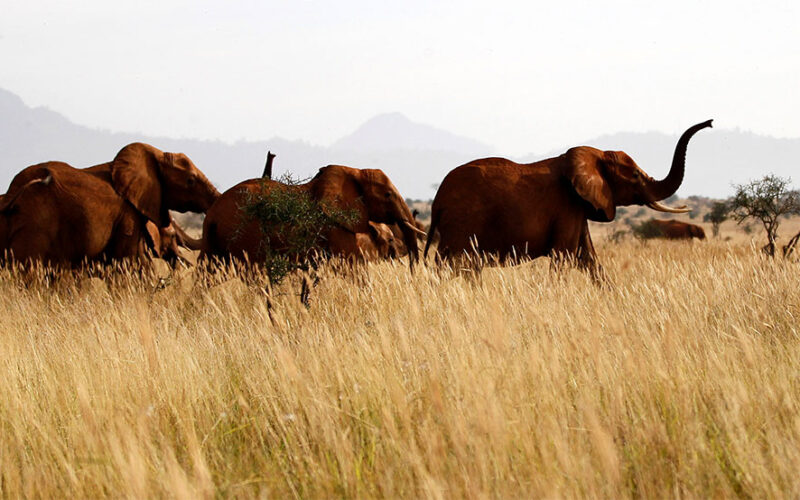
Mozambique’s cyclone flooding was devastating to animals – we studied how body size affected survival
ANYONE who watches the news will have seen the devastation that tropical cyclones can cause when they reach land, with very strong winds, high rainfall and flooding. A cyclone like this, Idai, moved over Gorongosa National Park in central Mozambique in March 2019. At that time, it was the deadliest storm in Africa. JASON P. MARSHAL, Associate Professor of Ecology, University of the Witwatersrand FRANCESCA PARRINI, Associate Professor in Animal Ecology, University of the Witwatersrand Rainfall at Gorongosa averages about 850mm per year. When Idai passed over, more than 200mm of rain fell in less than 24 hours. Over the…



